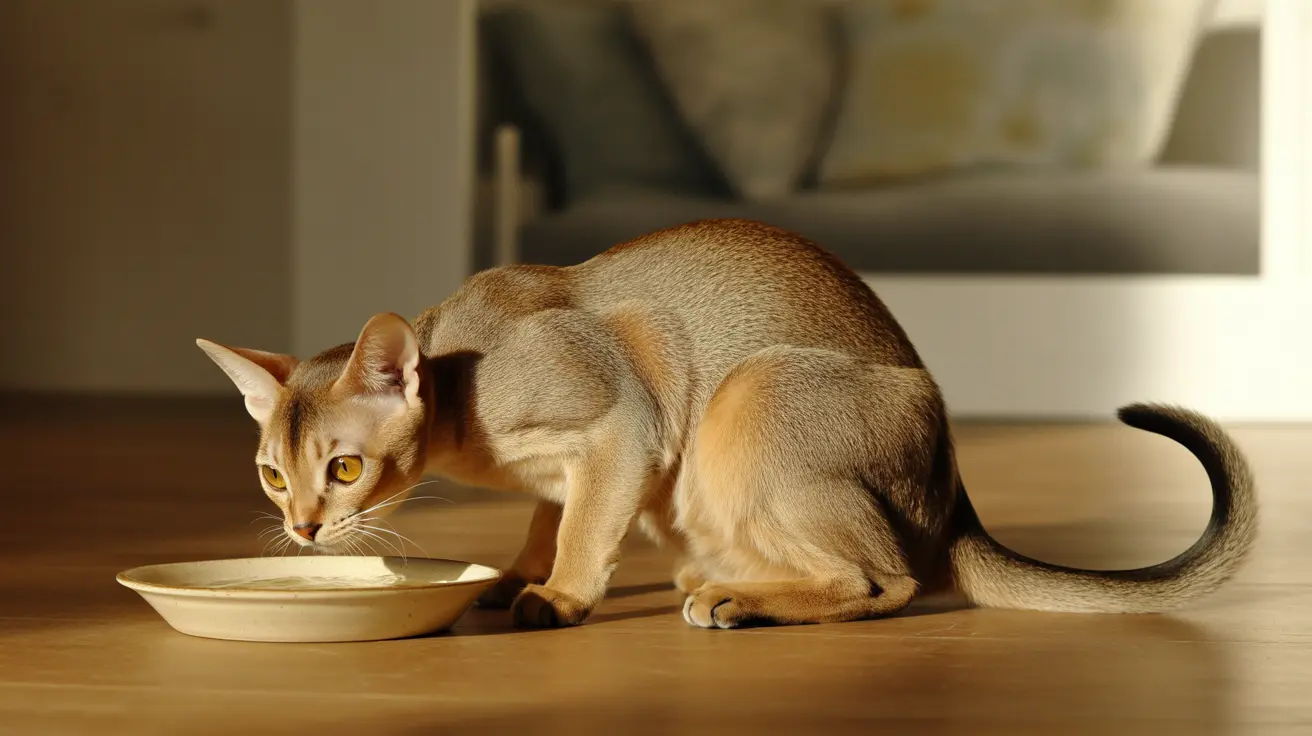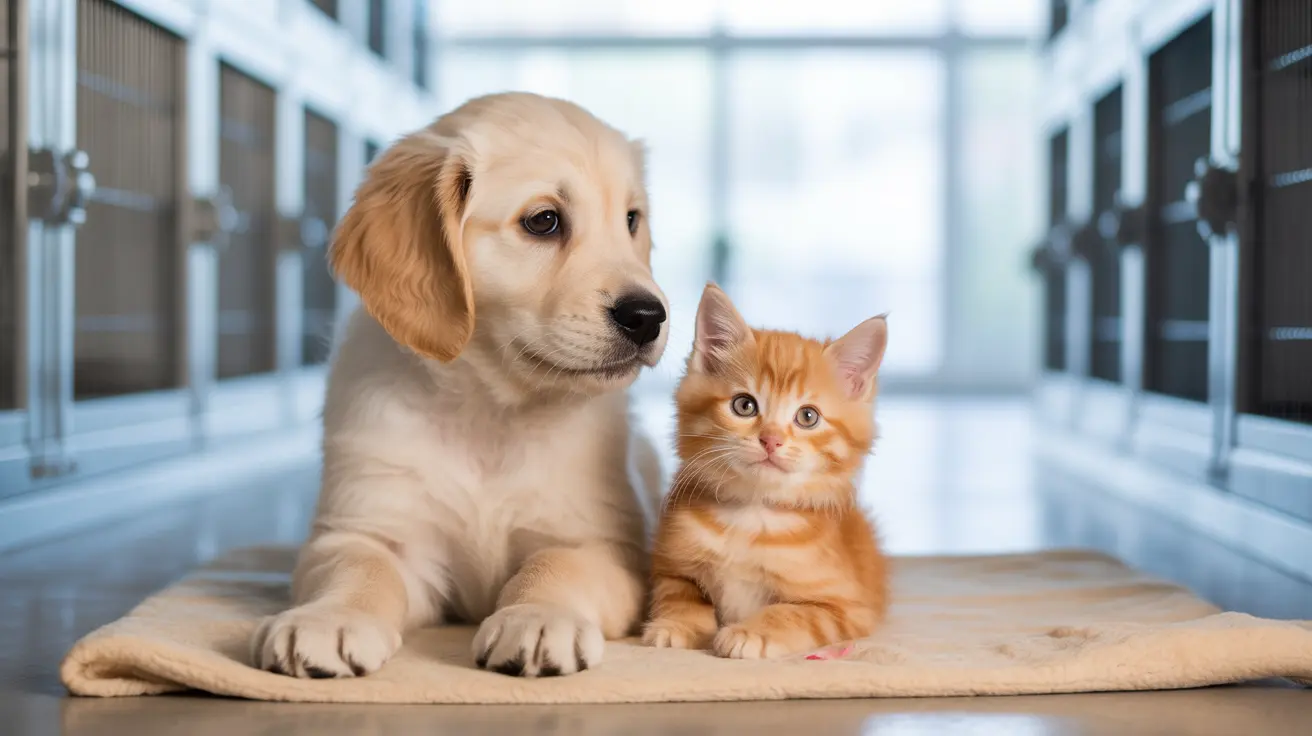What are the cons of owning a Mastiff?
Cons of owning a Mastiff include their immense size requiring ample space, significant health risks linked to large breeds, high care needs, and a shorter lifespan.
Understanding the Drawbacks of Owning a Mastiff
Mastiffs are often called "gentle giants" for good reason—these colossal canines are loyal, affectionate, and imposing protectors of their home and family. But while their positive traits are well-celebrated, it’s essential for prospective owners to be aware of the potential downsides of owning such an immense and powerful breed. Owning a Mastiff requires commitment, space, time, and emotional preparedness for health challenges. Here is an in-depth look at the cons of owning a Mastiff.
1. Enormous Size and Weight
- Mastiffs are gigantic dogs, with males typically weighing between 160 and 230 pounds. Their considerable bulk requires a large living space.
- Their size makes them potentially hazardous around small children or elderly individuals if not carefully supervised—even unintentionally, a Mastiff can knock someone over.
- Transportation can be a challenge. Not all vehicles are large enough to comfortably or safely fit a full-grown Mastiff.
2. Expensive Upkeep
- Feeding a Mastiff is costly. Their calorie needs are significant, and they do best on quality large-breed dog foods tailored to their growth and joint support requirements.
- Veterinary bills are often higher, as medications are dosed by weight and specialized equipment may be needed for examinations or surgery.
- Essential supplies like crates, beds, and collars must be appropriately sized, and these tend to be more expensive than standard-sized gear.
3. Health Issues and Shorter Lifespan
- Mastiffs have a shorter average lifespan of 6–10 years.
- They are prone to significant health conditions, including:
- Hip and elbow dysplasia, causing mobility issues.
- Bloat (Gastric Dilatation and Volvulus), a life-threatening condition requiring emergency intervention.
- Osteosarcoma (bone cancer), particularly in older dogs.
- Eye and heart conditions, and neurological disorders.
- Skin allergies, hypothyroidism, and kidney/bladder stones.
- Veterinary costs can be steep, and some conditions require lifelong medication or even surgery.
4. Drooling and Grooming Considerations
- Mastiffs are prolific droolers due to their large jowls. Owners often need to keep towels on hand to mop up slobber.
- Their facial wrinkles must be cleaned regularly to prevent skin infections.
- Seasonal shedding can be moderate to heavy, and weekly brushing is required to maintain coat health.
5. Training and Socialization Needs
- Because of their size and strength, early training is crucial, particularly for walking on a leash and fundamental obedience.
- Mastiffs may become stubborn or unresponsive with overly repetitive training or harsh methods.
- Proper socialization from puppyhood is essential to prevent behavioral issues and fear-based reactions.
6. Special Exercise Requirements
- While they often have a couch-potato nature, daily gentle exercise is necessary to prevent obesity and maintain joint health.
- Puppies are particularly vulnerable to joint injuries from over-exercise. Intense activity and stair usage should be minimized until skeletal maturity at 18-24 months.
7. Not Ideal for Small Homes
- Mastiffs are best suited to homes with ample space. Small apartments or homes with limited access to outdoor areas pose safety risks and may cause stress for the dog.
- Their weight also limits access to certain places or floors that require climbing stairs, which is discouraged due to joint stress.
8. Time and Dedication
- Caring for a Mastiff involves a substantial time investment, from training and socialization to grooming and healthcare routines.
- They require consistent attention and bonding to thrive emotionally, and should not be left isolated for extended periods.
Conclusion
Mastiffs are majestic, gentle, and profoundly devoted companions, but they also come with a unique set of challenges that should not be underestimated. From their health vulnerabilities and high costs to their exceptional need for space and training, owning a Mastiff is a lifestyle commitment. Potential owners should weigh these cons carefully against the breed's many positive traits to ensure this noble giant is the right fit for their household.





